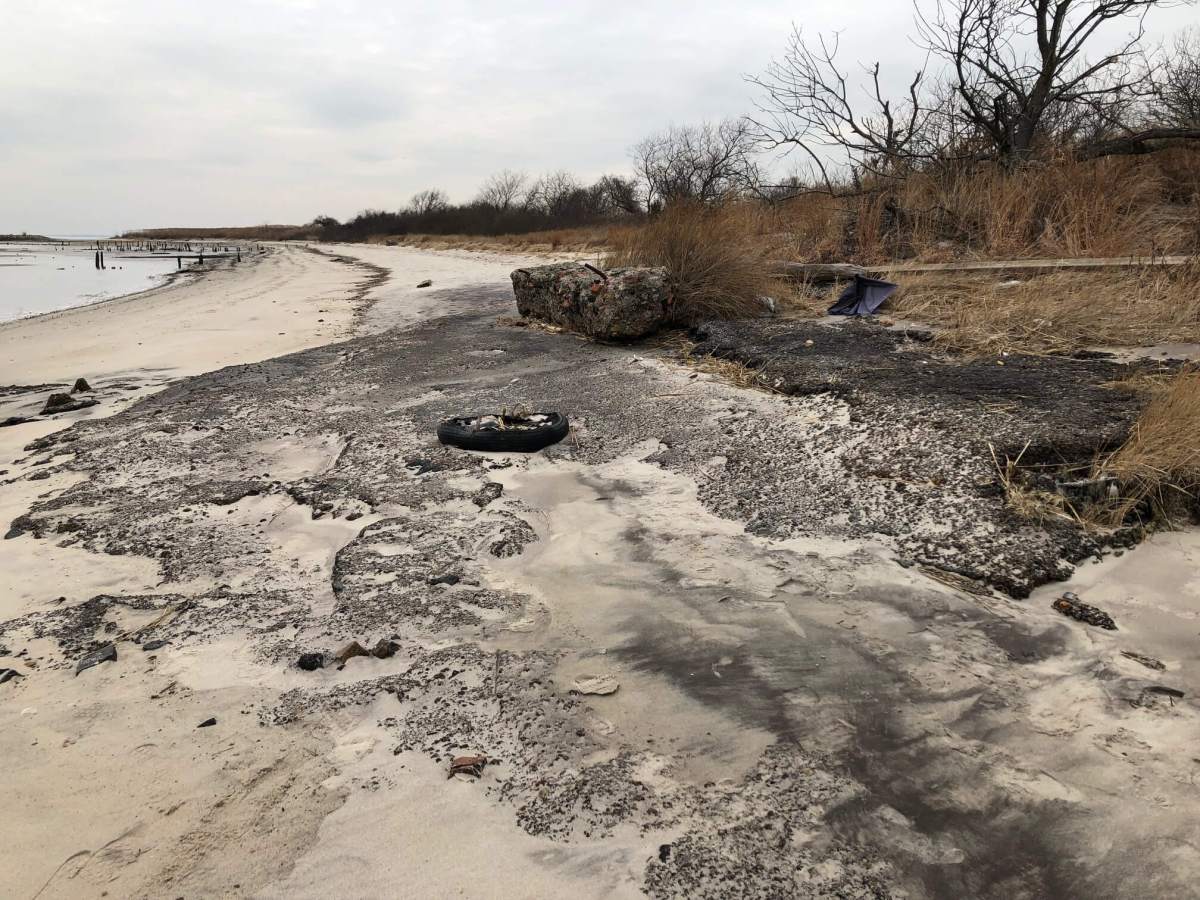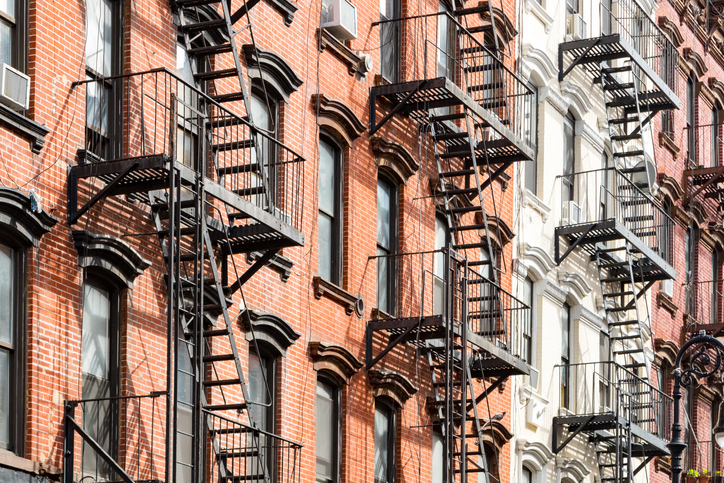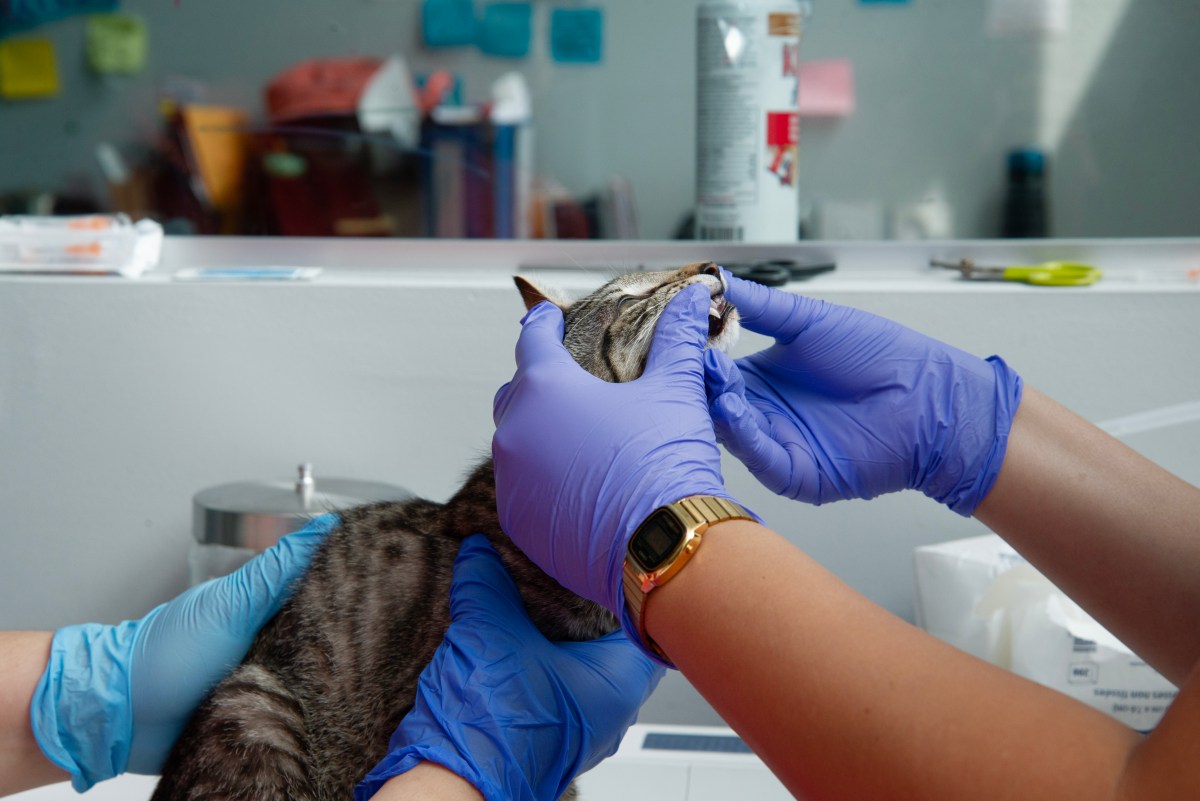Authorities closed the southern half of Dead Horse Bay in Brooklyn after finding radioactive material at the park and former landfill, which has become a destination for scavengers.
“The [National Parks Service] is working to investigate Dead Horse Bay to identify the contamination and extent of the contamination,” said spokeswoman Daphne Yun in a statement. “For visitor safety, NPS will close this portion of Dead Horse Bay to the public.”
Dead Horse Bay, once a dumping ground for horse carcasses processed by nearby rendering plants, has become a popular spot for treasure hunters looking to scavenge bottles, horse bones, or the occasional porcelain figurine.
The grounds, located in southern Brooklyn just west of Floyd Bennett Field, served as a city landfill until 1930, and even became a trash-digging haven for early 20th century jewelers searching for discarded gems.
The park, however, also houses radioactive matter, a 2019 preliminary survey found. Officials detected excessive gamma radiation in 31 locations across the 178-acre dump and removed two deck markers — small disks used on Navy ships to provide light at night.
The markers, which contained radium-226, had broken and leaked, contaminating the surrounding soil and potentially the southern beach area, authorities said.
In response to the survey’s recent findings, parks stewards shut down 84 acres on the southern end of the bay in order to prevent visitors from digging through the trash — which could risk their health.
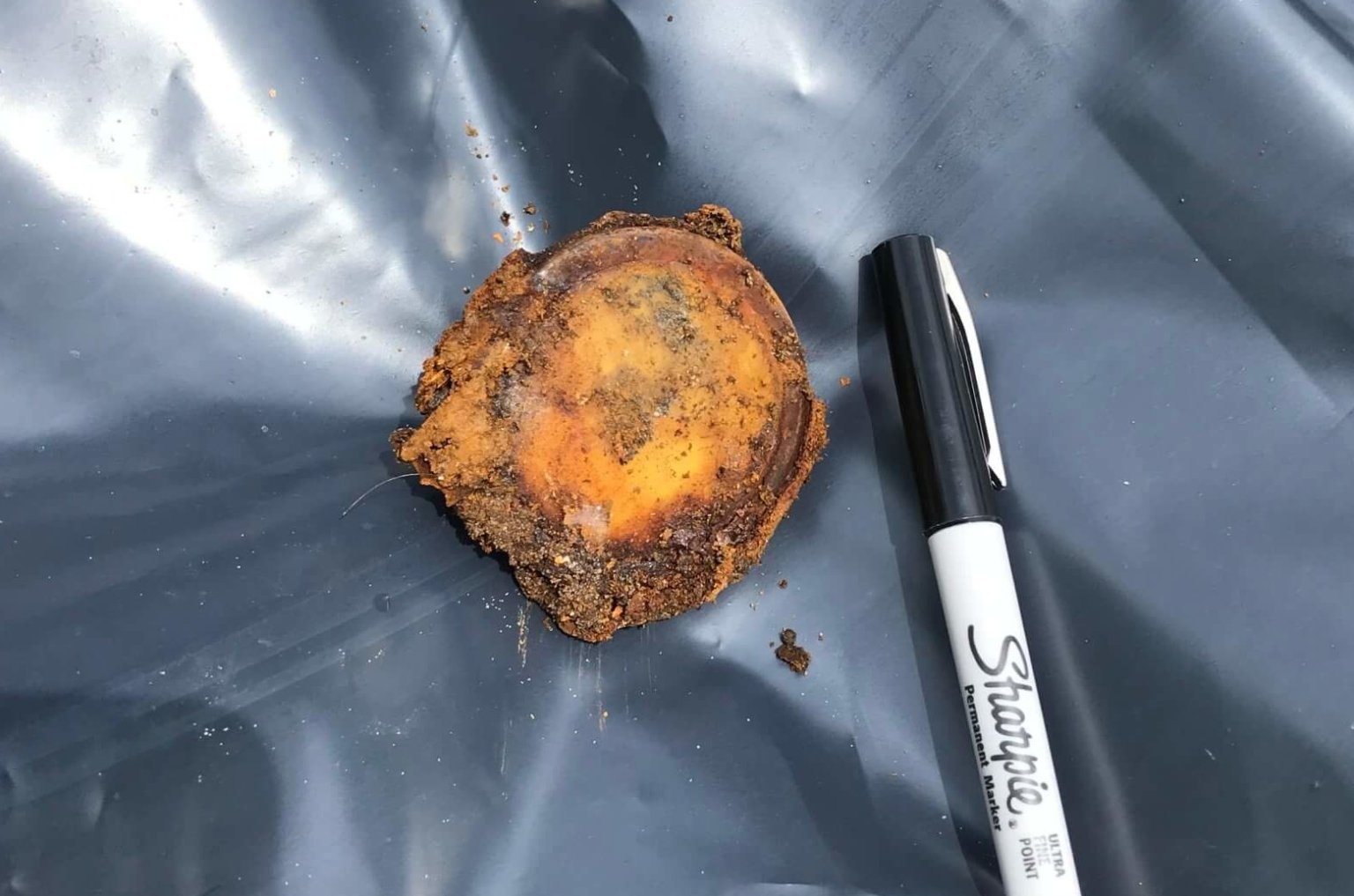
(National Park Service)
“Visitors to Dead Horse Bay use the Park for passive recreation, like walking on trails, but also conduct unauthorized digging in the soil or beach for old bottles and other items,” the statement said.
The preliminary studies are part of a longterm effort to clean up the bay using the same process Superfund sites receive, known as the Comprehensive Environmental, Response, Compensation, and Liability Act (CERCLA) process. The cleanup — and the park’s closure — may last years, Yun said.
Authorities say that the risk of radiation exposure depends on how much time and how close park visitors came to the contaminated soil.
“The greatest potential risk from radiological contamination at the Site is from coming into direct contact with a man-made radiological article,” the National Parks Service said in a release. “A visitor potentially could be exposed to radiological contamination or man-made radiological articles either from unauthorized digging and surfacing a deck marker or other man-made radiological article (with the aid of a metal detector) and/or from an article that may become exposed along the shoreline.”
High levels of radiation can cause cataracts, anemia, and cancer, but a National Parks spokesperson did not elaborate on the site’s level of radiation.
Parks authorities will conduct the cleanup effort with the input of the community, stewards said in a statement.
“Information repositories will be established at locations open to members of the general public
where a collection of documents (including the Administrative Record file) relevant to the Site will be made available for public viewing and copying,” the statement said. “NPS will also issue a Community Involvement Plan that will guide public involvement during the CERCLA process.”
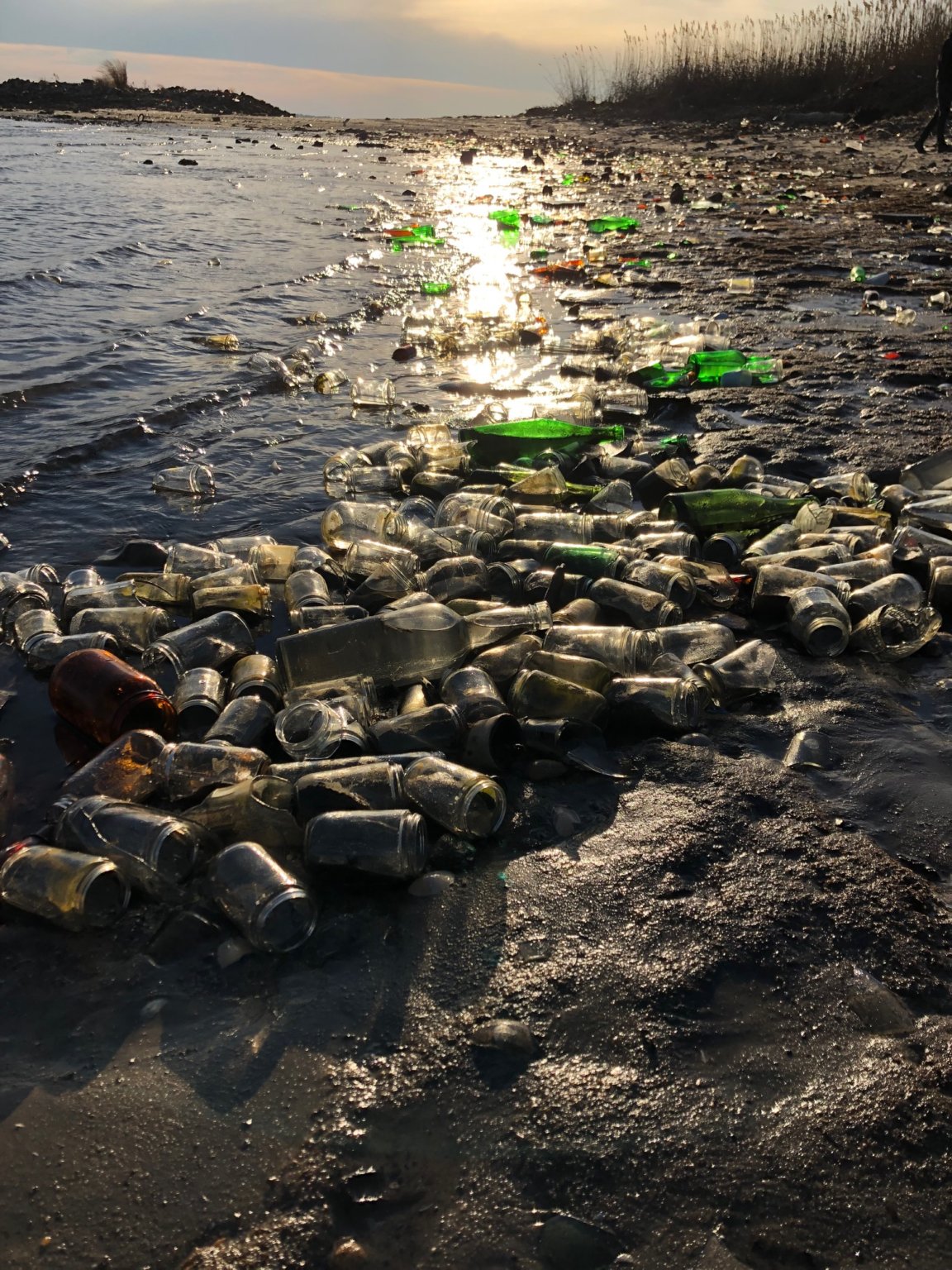
(National Park Service)
This article was first published on our sister website, brooklynpaper.com.



